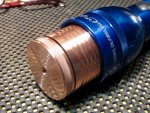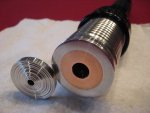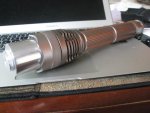- Joined
- Jun 26, 2015
- Messages
- 177
- Points
- 28

I just linked two examples that will do as you ask without a fan. So don't tell me you're reading my posts. You clearly have precisely no interest in "high level heatsink design"
Hopeless.
In your first reply, you said you use the rail mounts with a CPU cooler, and I have never seen a CPU cooler without a fan. The product in the digikey link includes a fan, so it is out of consideration.
You were good up until you delegitimized yourself by being condescending and calling this hopeless.






